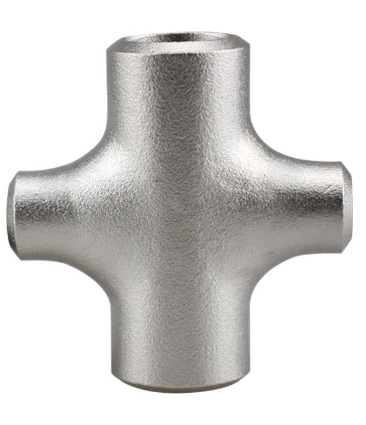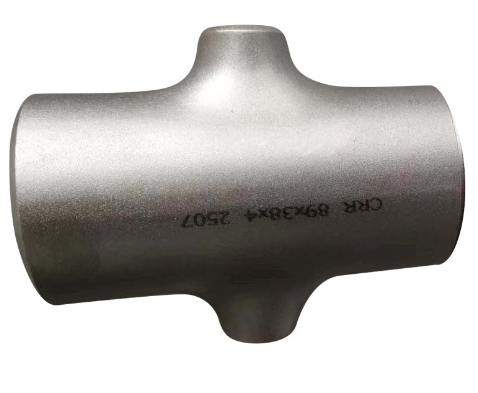International Standards:
- ASME B16.9(U.S. Standard):Class 150, 300, 600, 900, 1500, 2500
- EN 10253-2(European Standard): PN6 to PN100.
- JIS B2311(Japanese Industrial Standard):5K to 40K
- GOST 17376-2001(Russian/CIS Standard): 0.1 MPa to 25 MPa
- SABS 1123(South African Standard): PN6 to PN25.
- DIN 2617 : PN6 to PN40.
- BS 1965(British Standard): PN6 to PN40.
Pros:
- Multi-Diameter Flexibility: Connects pipes of different sizes in multiple directions.
- Space Efficiency: Reduces the need for additional reducers and tees in complex layouts.
- Material Versatility: Available in carbon steel, stainless steel, and corrosion-resistant alloys.
- High-Pressure Tolerance: Seamless designs (e.g., ASTM A234) suit critical systems.
- Simplified Installation: Butt-weld or threaded ends for easy integration into pipelines.
Cons:
- High Turbulence: Sudden diameter changes may cause significant pressure drops or flow disturbances.
- Complex Manufacturing: Higher cost due to asymmetric machining and welding requirements.
- Stress Concentration: Intersection points are prone to fatigue under cyclic loading.
- Limited Standardization: Few off-the-shelf options for uncommon diameter combinations.
- Corrosion Risks: Welded joints may degrade in aggressive media (e.g., acids).
Description
A Reducing Cross is a pipe fitting with four openings, where at least two branches have different diameters. It allows for connecting pipes of varying sizes in multiple directions, enabling flow distribution or combination in systems requiring complex diameter transitions.





Reviews
There are no reviews yet.